Yongpeng Dai
Few-shot Human Motion Recognition through Multi-Aspect mmWave FMCW Radar Data
Jan 19, 2025
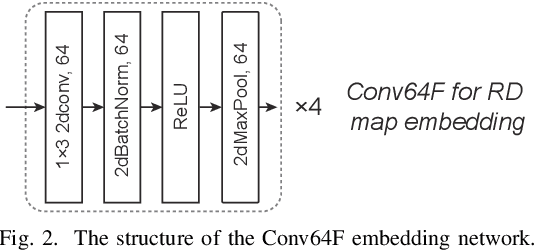
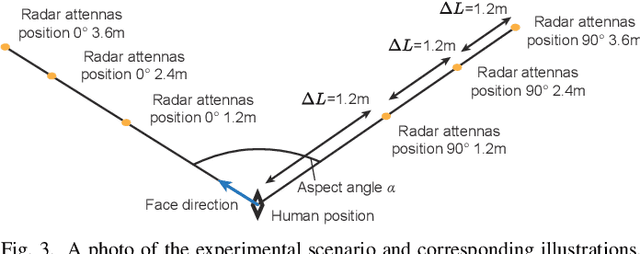
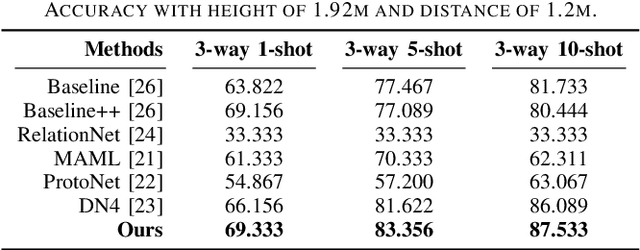
Abstract:Radar human motion recognition methods based on deep learning models has been a heated spot of remote sensing in recent years, yet the existing methods are mostly radial-oriented. In practical application, the test data could be multi-aspect and the sample number of each motion could be very limited, causing model overfitting and reduced recognition accuracy. This paper proposed channel-DN4, a multi-aspect few-shot human motion recognition method. First, local descriptors are introduced for a precise classification metric. Moreover, episodic training strategy was adopted to reduce model overfitting. To utilize the invariant sematic information in multi-aspect conditions, we considered channel attention after the embedding network to obtain precise implicit high-dimensional representation of sematic information. We tested the performance of channel-DN4 and methods for comparison on measured mmWave FMCW radar data. The proposed channel-DN4 produced competitive and convincing results, reaching the highest 87.533% recognition accuracy in 3-way 10-shot condition while other methods suffer from overfitting. Codes are available at: https://github.com/MountainChenCad/channel-DN4
Using Geometrical information to Measure the Vibration of A Swaying Millimeter-wave Radar
Jun 19, 2024Abstract:This paper presents two new, simple yet effective approaches to measure the vibration of a swaying millimeter-wave radar (mmRadar) utilizing geometrical information. Specifically, for the planar vibrations, we firstly establish an equation based on the area difference between the swaying mmRadar and the reference objects at different moments, which enables the quantification of planar displacement. Secondly, volume differences are also utilized with the same idea, achieving the self-vibration measurement of a swaying mmRadar for spatial vibrations. Experimental results confirm the effectiveness of our methods, demonstrating its capability to estimate both the amplitude and a crude direction of the mmRadar's self-vibration.
BERT: Accelerating Vital Signs Measurement for Bioradar with An Efficient Recursive Technique
Apr 20, 2024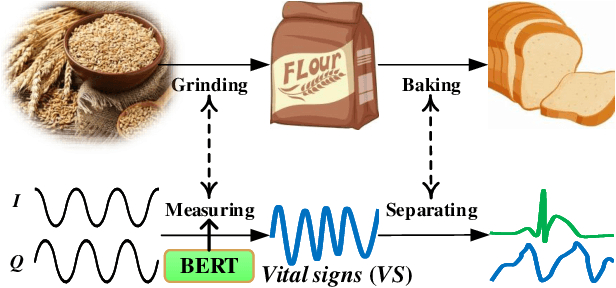

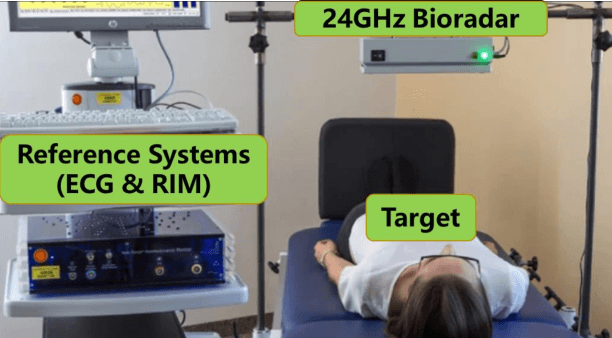
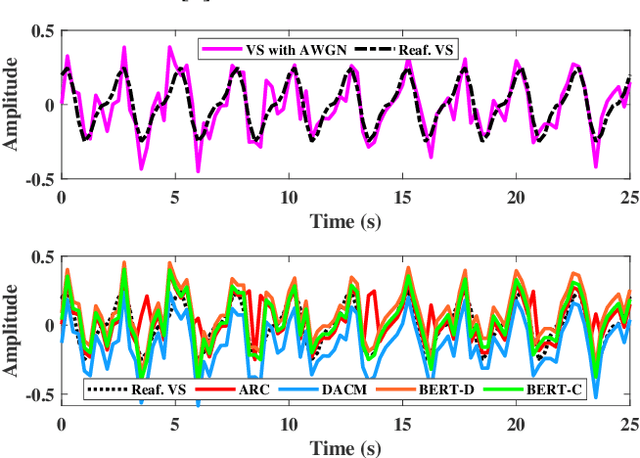
Abstract:Recent years have witnessed the great advance of bioradar system in smart sensing of vital signs (VS) for human healthcare monitoring. As an important part of VS sensing process, VS measurement aims to capture the chest wall micromotion induced by the human respiratory and cardiac activities. Unfortunately, the existing VS measurement methods using bioradar have encountered bottlenecks in making a trade-off between time cost and measurement accuracy. To break this bottleneck, this letter proposes an efficient recursive technique (BERT) heuristically, based on the observation that the features of bioradar VS meet the conditions of Markov model. Extensive experimental results validate that BERT measurement yields lower time costs, competitive estimates of heart rate, breathing rate, and heart rate variability. Our BERT method is promising us a new and superior option to measure VS for bioradar. This work seeks not only to solve the current issue of how to accelerate VS measurement with an acceptable accuracy, but also to inspire creative new ideas that spur further advances in this promising field in the future.
 Add to Chrome
Add to Chrome Add to Firefox
Add to Firefox Add to Edge
Add to Edge